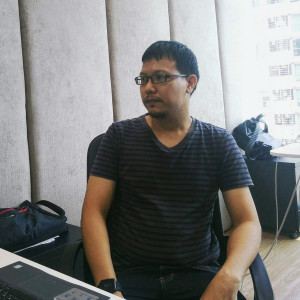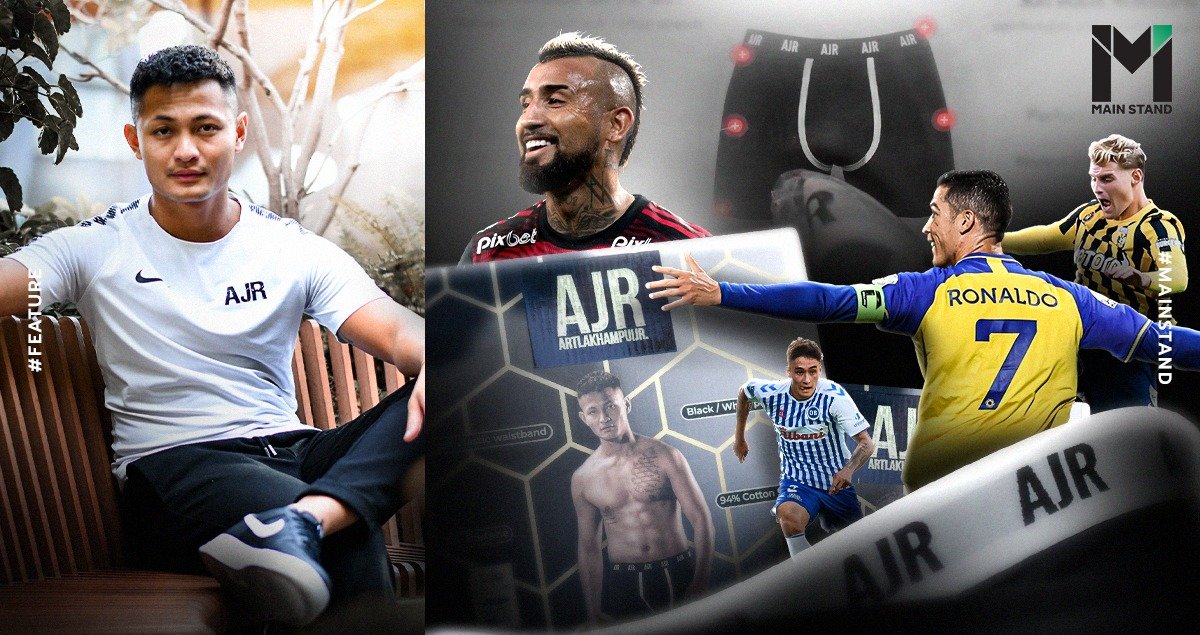
"We have 1.4 billion people in China, and we couldn't find 11 football players that can make the team qualify for the World Cup. This is a huge shame," one person wrote on Weibo.
The statement above came after the China national football team lost their chance to compete in the 2022 FIFA World Cup after finishing second bottom of the Asian Zone qualifiers with a solitary win.
The failure points out that Chinese football is still far behind President Xi Jinping's three goals announced a decade ago.
-Leading China to qualify for the World Cup.
-Hosting the World Cup.
-Winning the World Cup.
Find out with Main Stand the reasons why China have yet to reach their ultimate goal.
Xi Jinping's ultimate goal for China
In the old days, football gained modest popularity among Chinese people, and Xi Jinping was the person who had a burning passion for football since childhood after he witnessed China's 5-2 loss to Watford in 1983.
In 2011, two years before his presidency, he expressed his wishlist.
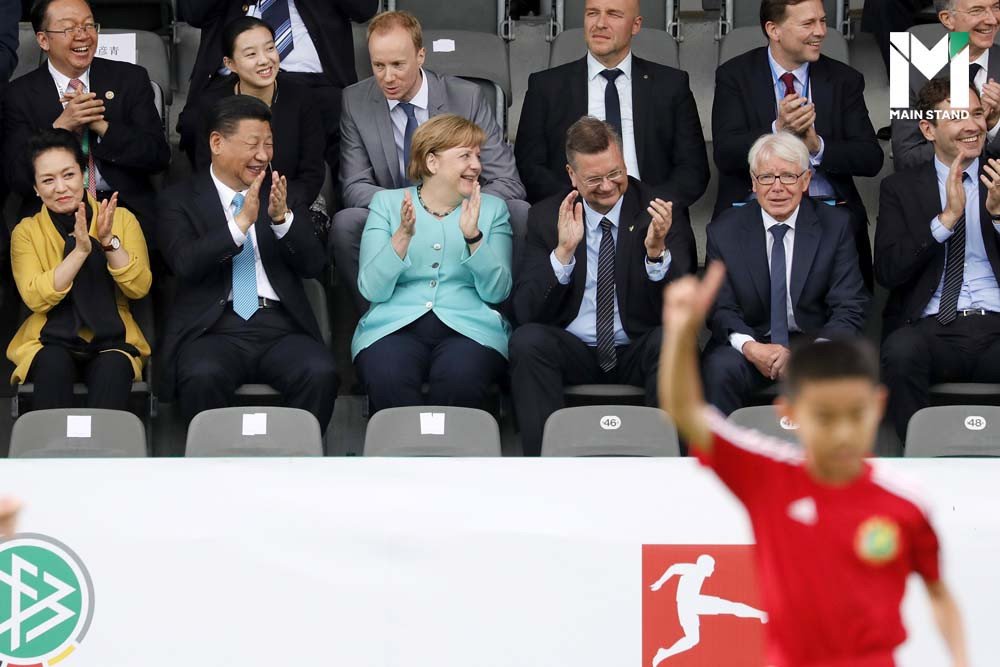
The Chinese government saw the financial potential of the football market, predicting that China's football market would reach US$42m by 2025, according to the 2014 policy guideline.
Therefore In 2015, they implemented strategies to turn football into the national sport, aiming at fostering talented homegrown youths so that they potentially vie for the World Cup over time.
The policies also instructed schools to integrate football into their physical education curricula. It also increased the number of schools with football fields, a leap from 5,000 to 50,000 by 2025.
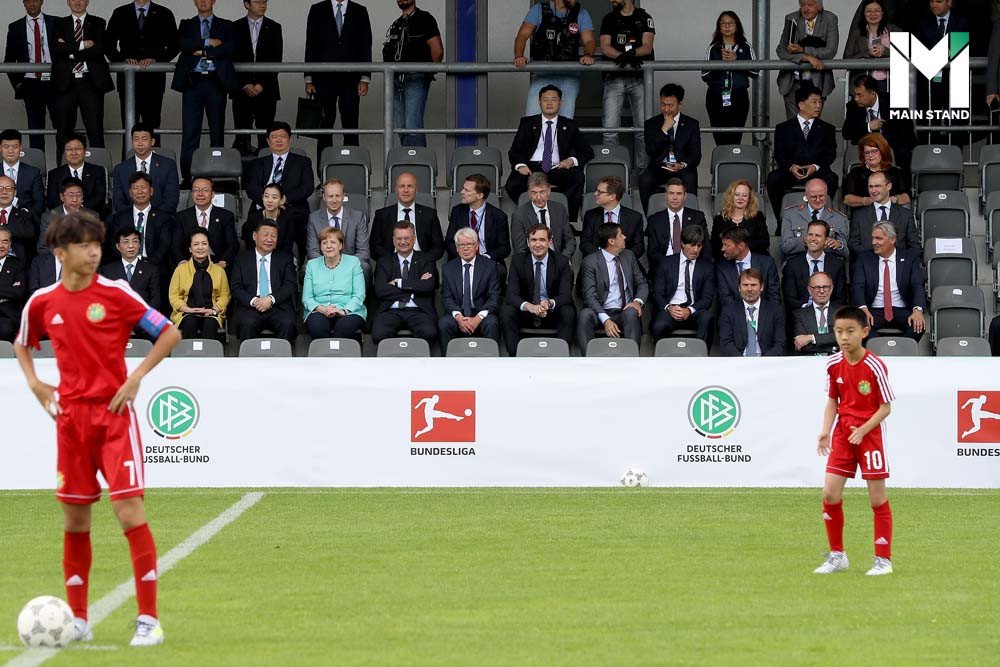
All this would lead the China national football team to appear in the World Cup.
"My biggest hope for Chinese football is that its teams become among the world's best," Xi Jinping announced in 2015.
On top of that, the Chinese Football Association (CFA) splashed a large sum of money on Italian head coach Marcello Lippi, who led Italy to the World Cup title in 2006, to manage the men's national team.
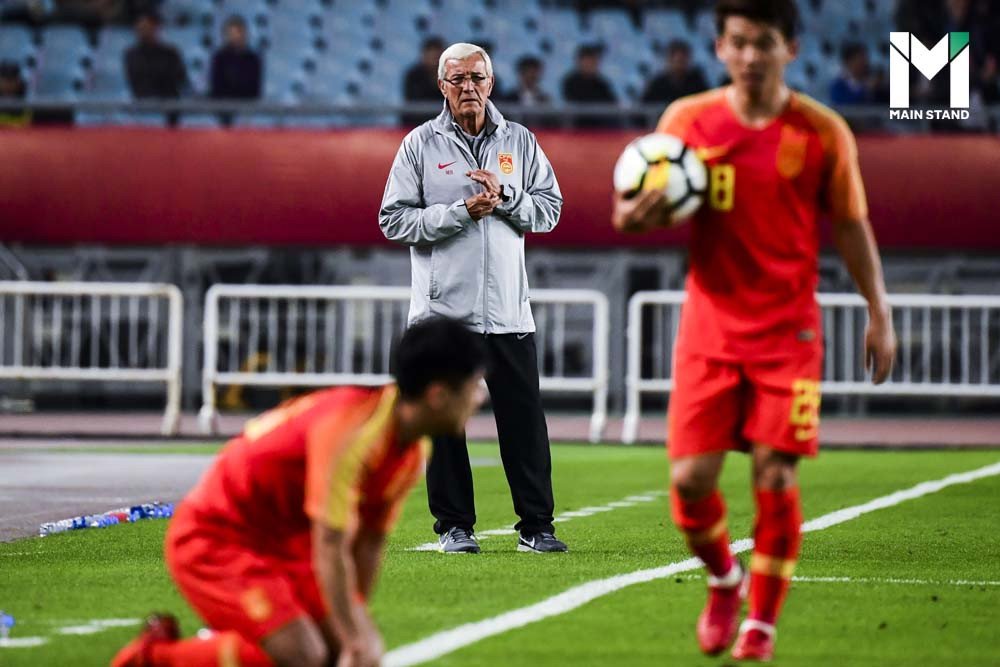
The association also signed former Arsenal player British-born Nico Yennaris, former Norwegian youth player John Hou Saether and Brazilian-born Elkeson to strengthen the Dragons' national squad.
Chinese football was also due for an overhaul for an improved image after long being riddled with scandals, corruption and gambling.

"There was such a big hope and confidence towards football back then," said Dr. Qi Peng, a sports management and policy lecturer at Manchester Metropolitan University, to ABC News. "The insiders believed this was another big opportunity for Chinese football to develop because the government had prioritized football as the national strategy."
Everything seemed promising in the early stages.
The boom of the Chinese Super League
In 2015, Chinese football was already seeing tremendous growth. President Xi Jinping launched the "Great Football Dream," a niche subset of his broader "China Dream," committed to leading China to the world's football powerhouse.
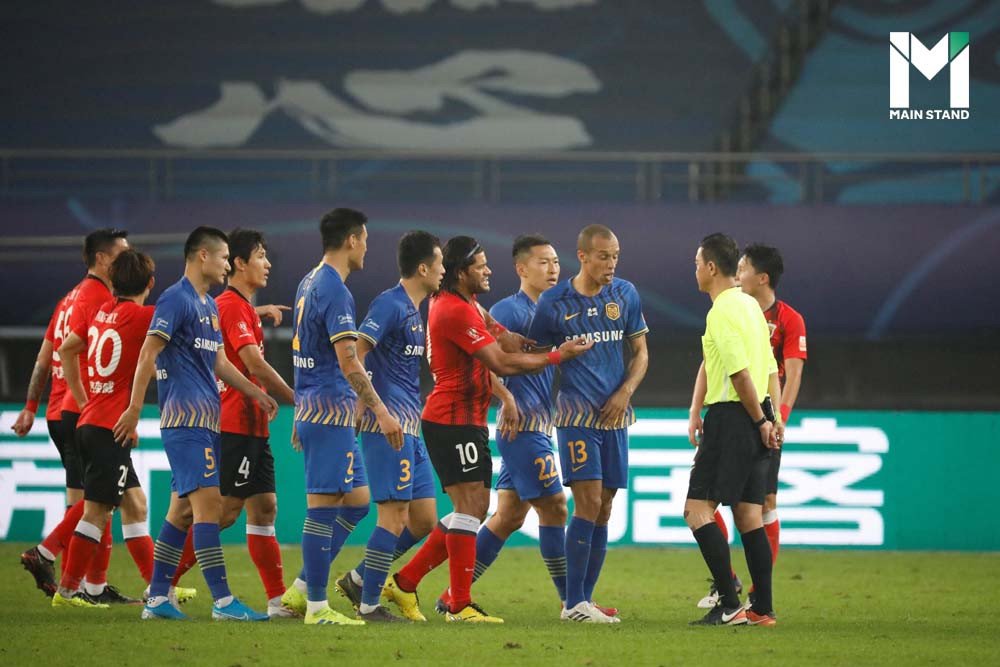
His goals resulted in tremendous investment. As a result, top and leading companies in China, including e-commerce giant Alibaba, believed in the dream and started their investment.
That led to a massive leap in the country's football scene.
The Chinese Super League enjoyed a surge in the number of spectators, from 18,986 in 2014 to 22,193 in 2015. In 2018, the number of spectators was 24,053, surpassing the number of French Ligue 1 in the same year.

China was also luring foreign players with staggering salaries. During 2016-2017, China reportedly spent a total of US$400m in their drive to attract foreign players.
With that, Argentine striker Carlos Tevez joined Shanghai Shenhua in 2016 for an estimated US$681,819 monthly income and became the world's most high-paying footballer.

Former Chelsea Oscar footballer joined Shanghai SIPG (currently Shanghai Port) in 2017 for US$106m annually.
Chinese youth football, too, made more remarkable strides, evidenced by a massive surge of football-focused schools, from 5,000 to 27,000 in 2016 and 2019.

By 2025, the number of well-trained Chinese students will be over 50 million. And they will be resources that enlarge the opportunity to be a top-flight team at the continental or international level.
Unfortunately, it might be just a daydream.
A bubble is bursting
Although the amount of investment in Chinese football was staggering, it was short-lived. Soon afterwards, a spate of expenditure left the league in the red.
According to the CFA report, in the 2018 season, all 26 Chinese Super League sides spent up to US$153,902,111 while earning only US$95,978,952, twice as little as the expenses.

"The CSL club expenditure is about 10 times higher than South Korea's K League and three times higher than Japan's J-League," CFA president Chen Xuyuan said.
Due to the financial peril stated above, the CFA restricted foreign players' salary caps. As a result, they would be paid no more than US$4.41m a year, much lower than earlier.
Worse still, as China was the origin of the spread of the Coronavirus, not only did the club suffer a loss but also entrepreneurs.

In 2021, China Evergrande, China's second-largest property developer, was on the brink of bankruptcy, so the enterprise announced its withdrawal from Guangzhou Evergrande. Likewise, Suning no longer provided Jiangsu Suning with financial assistance, resulting in the club's closure.
In 2021, according to Chinese media, over half the league didn't pay their footballers due to financial crises. And in 2022, Qingdao FC was the latest side that dissolve due to economic collapse.
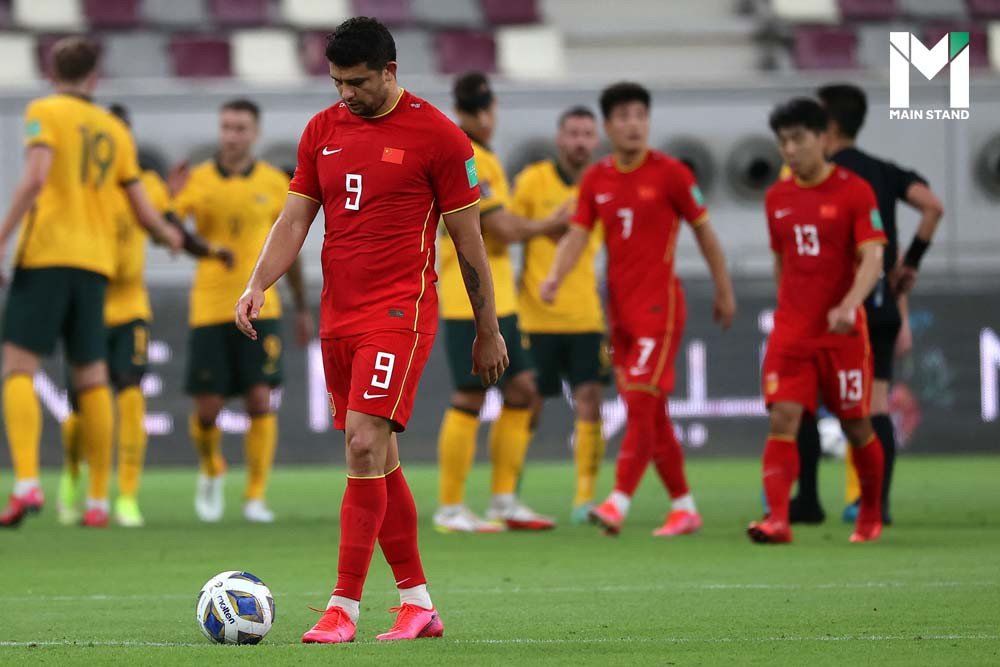
Not only was the Chinese league lackluster, but also the national team. Although Guangzhou Evergrande managed to secure two Asian championships, the China national football team made a disappointing feat, especially failing to qualify for the World Cup for two consecutive years.
The Chinese culture
Losing a chance to compete in the Qatar World Cup, former captain of the China national football team, Xiaoting Feng, said they needed to pour concentrated effort into qualifying for the 2026 World Cup or the 2030 World Cup.
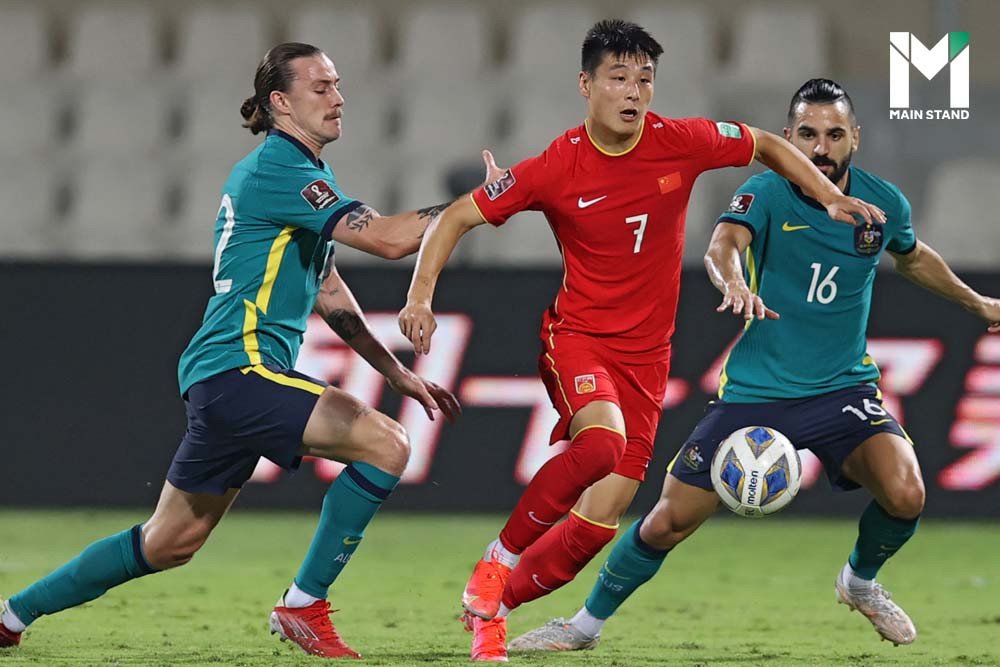
Simon Chadwick, a professor at Emlyon Business School and Director of the Center for Eurasian Sport Industry, said a talent pipeline is absent from Chinese football.
He added that although there is a substantial Chinese football fan base, football is still viewed as a minority interest sport, compared to table tennis, badminton, or even basketball.
"Football is the people's game, and some refer to it as the global game. The reality is that I think China doesn't play the people's or global game particularly well," Chadwick told ABC News.
"There are some details within China that preclude football development in the same way as we've seen elsewhere in the world."
Chadwick stated that many parents are skeptical about children pursuing football as a career.
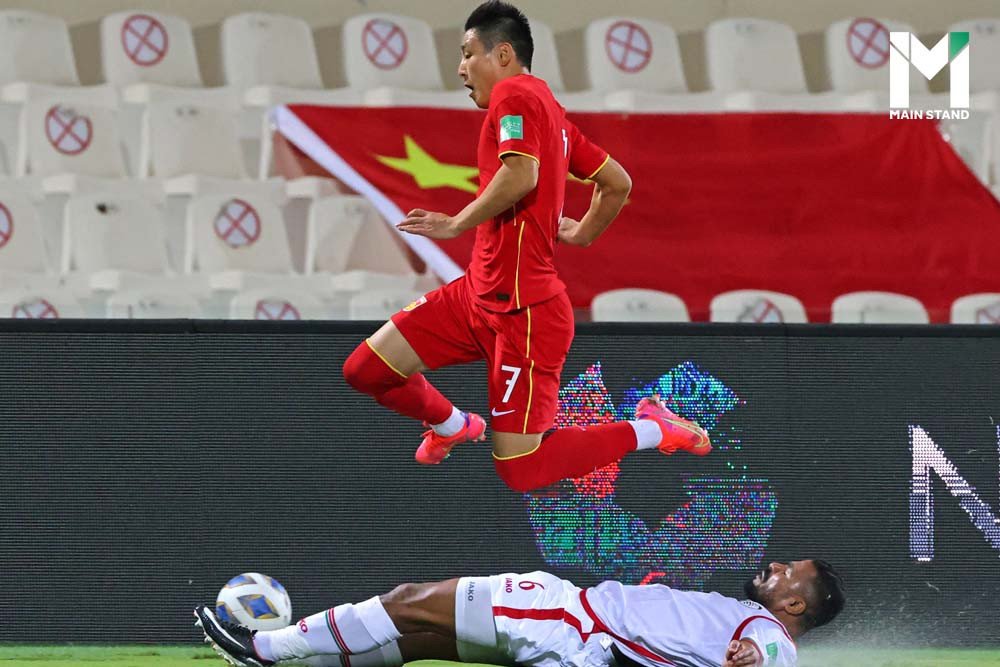
A broader problem is that the Chinese education system discourages people from thinking outside of the box, so talented players that will be capable of competing against the world's giants have yet to be born.
"It's widely acknowledged that great footballers are creative thinkers and very independent people, and they're very good at making personal decisions and judgments," Chadwick continued.
"So I simply don't think that the Chinese education system is necessarily set up to facilitate the development of the kind of soft skills that successful footballers need to have."
Most recently, the clubs were not allowed to include their sponsors' names in the club, which required them to change their names.
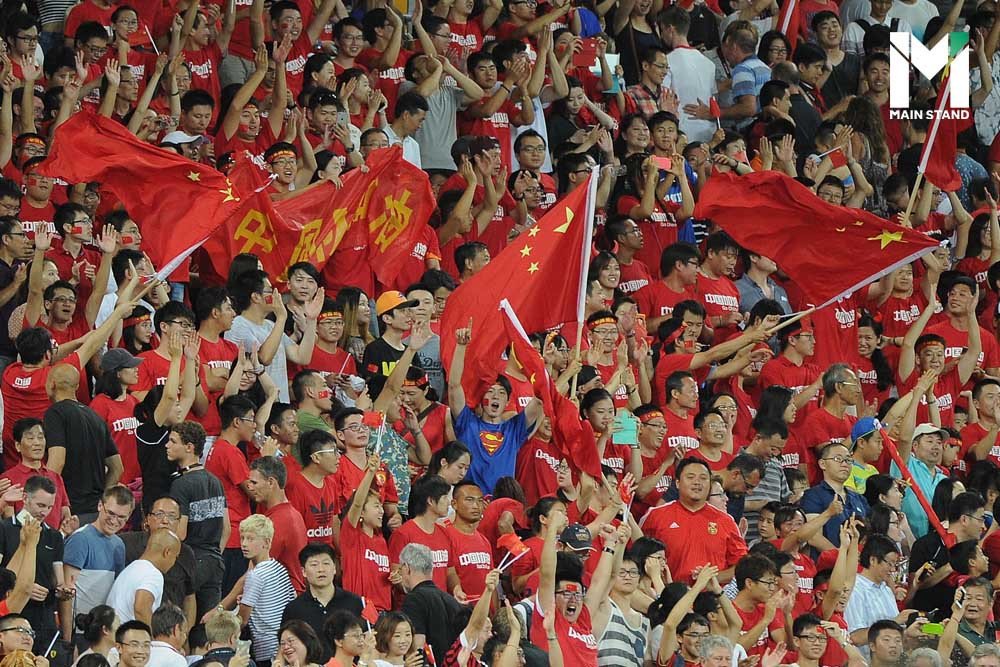
It is a means to foster regionalism in footballing culture, but it is the last straw for investors, leading them to offer no more extended financial support.
"I think one of the things that strikes me about Chinese football is the constant intervention by the government, by the state authorities," explain Chadwick.
"It appears to me that the authorities have learned that the quality or the standard of Chinese football will not improve by hiring foreigners."
Unfulfilled dreams
Although the dreams are tottering, General Secretary Liu Yi said it is a long-term plan and they remain committed to making their way to host the World Cup and clinch a birth in the final round.
Also, the Shanghai Observer stated that the problems China needs to address for the time being are abandoning the single-owner model and allowing the government, companies, communities and individuals to own a football club mutually.
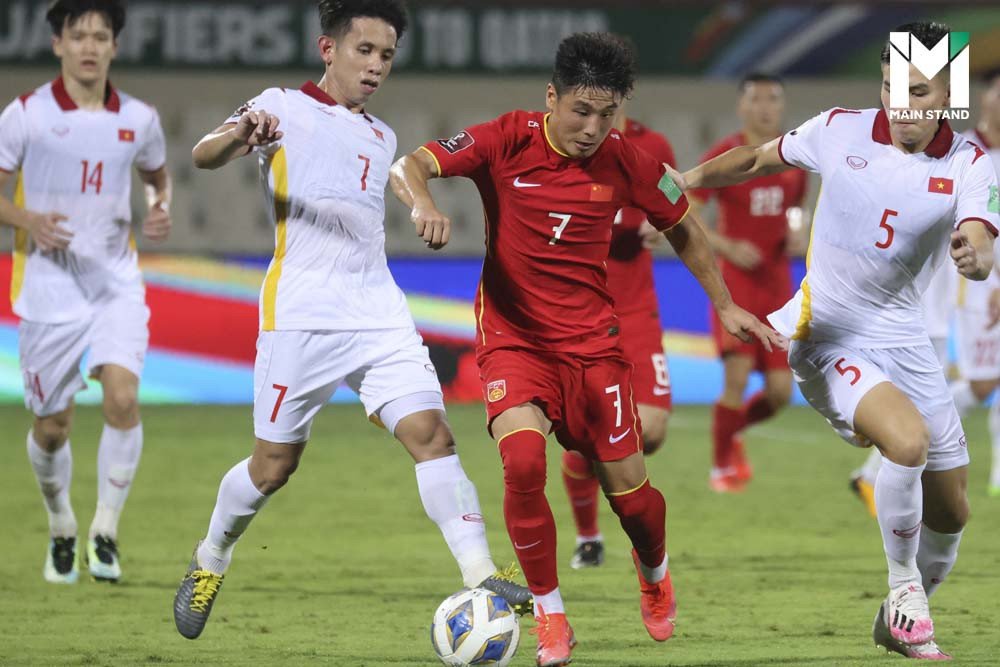
According to the article, Super League clubs cannot only rely on blood transfusions from their parent company but must attract more sponsorships, match-day income (and improve) transfer market operations, etc.
China’s most realistic dream is to host the World Cup on home soil, albeit in 2034.
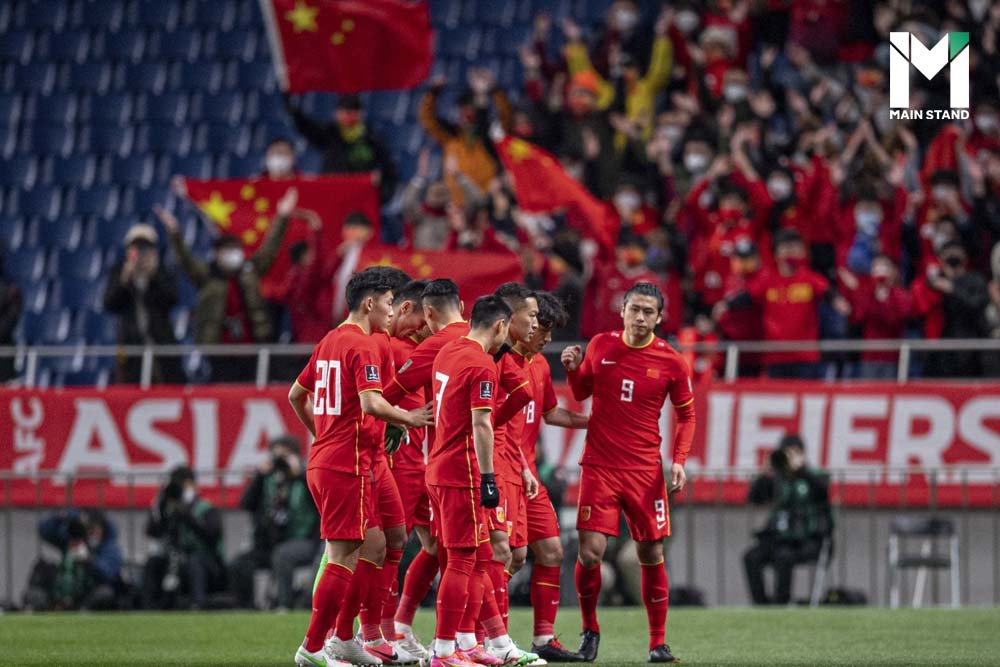
Simon Chadwick told DW, "The integration of football into the school curriculum suggests that the flow of benefits from China's investment in the sport will be delivered over a longer period.”
"On the field, we will begin to see some progress during the second half of this decade, although it seems likely that it will be at least 2035 before we witness China's sustained rise in football's rankings.
"This depends on whether the country gets its strategy right,” he concluded.
Sources:
https://www.france24.com/en/live-news/20210302-football-power-by-2050-china-dream-totters-on-shaky-foundations
https://www.abc.net.au/news/2022-04-23/china-national-football-sports-industry/101008606
https://thediplomat.com/2021/11/covid-19-complicates-chinas-football-dream/
https://www.dw.com/en/chinese-football-back-at-square-one-after-investment-boom/a-59325681
https://www.scmp.com/news/china/society/article/3004311/patriot-games-xi-jinpings-dream-chinese-world-cup-begins
https://www.wionews.com/sports/why-xi-jinpings-dream-to-conquer-the-soccer-world-will-just-fall-short-318441
https://www.nytimes.com/2017/01/04/world/asia/china-soccer-xi-jinping.html

